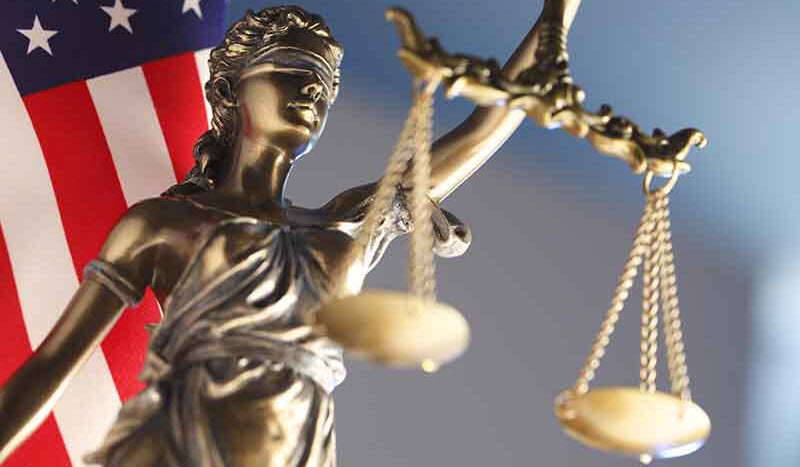Posted on May 2, 2016
By: Jen Manion
Crime, Punishment, and Popular Culture, 1790-1920 is a trove of material for scholars and students interested in the history of gender, gender expression, and sexuality. Criminal accounts provide an illustrative window into the culture of the time by highlighting the lives, actions, and motives of those who crossed the line of so-called acceptable behavior. Women’s participation in illicit activities such as theft, robbery, assault, or murder were generally sensationalized in both trial and newspaper records, giving such accounts a sexual tinge no matter how seemingly mundane. The range of source material—from newspaper accounts to trial manuscripts to organizational records to sensational dime novels—allows readers to approach a singular topic from different perspectives. Historians can examine the treatment of people along lines of race, class, and gender, or chart changes in such regulations over time.
Billings, Hammatt, and Gridley James Fox Bryant. View of the New Jail for Suffolk County, in the State of Massachusetts, Erecting by the City of Boston upon Charles & North Grove Sts: 1848 Josiah Quincy Jr. Mayor: G.J.F. Bryant Architect; H. Billings Del. [1848]. MS Nineteenth Century Crime: Literature, Reports, and True Crime from the American Antiquarian Society 152081. American Antiquarian Society. Crime, Punishment, and Popular Culture 1790-1920.
Scholars are increasingly viewing the carceral state as an extensive network of institutions—from policing authorities, holding pens, and county jails to almshouses, hospitals, asylums, and houses of refuge—with deep roots throughout the country. There are many important inquiries in this area for historians of gender and sexuality working at the intersection of race and slavery. One story points to the unusual acquittal of an enslaved man for murder. Titled “Trial of a Slaver for Murder,” the article describes a slave named Richard who killed an enslaved woman named Maria under the orders of his mistress. The court ruled, “Whenever a slave, in the presence and command of his owners, committed an unlawful act, as murder or other crime, he was the mere instrument of his owner’s cruelty, and having no will of his own, could not be amenable to the punishment of the law.” This short account invites far more questions than it answers and is a starting point for exploration of criminal justice in slave holding Charleston, especially given the concluding sentence of the article: “The mistress is, therefore to be tried for killing Maria.”[i]




